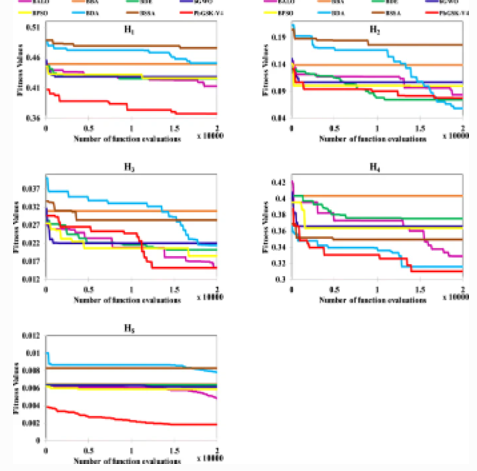
An achievable rate region for a primary network shared by a secondary link
We consider a multiple access primary network with N transmitters. A secondary link of one transmitter and a corresponding receiver causes interference to the primary network. An achievable rate region for the primary network and the secondary link is obtained given the following mode of operation. The secondary transmitter employs rate-splitting so that the primary receiver can decode part of the secondary's signal and cancel it. The secondary receiver, on the other hand, treats primary interference as noise. Given a Gaussian channel model, we investigate the effect of rate-splitting on the rate region for two cases. The first case is when the link between the secondary transmitter and the primary receiver supports a higher data rate than that of the link between the secondary transmitter and its corresponding receiver. The second case is the opposite scenario. For each case we determine the optimal rate-splitting that maximizes the sum throughput of the primary network and the secondary link subject to a constraint on primary rate. The optimal solution for the first case does not require rate-splitting. For the second, rate-splitting is needed and the primary rate constraint is met with equality. © 2009 IEEE.

